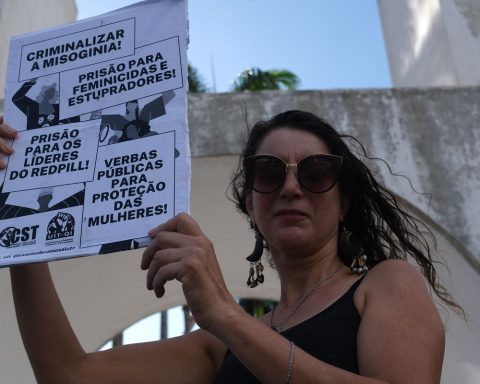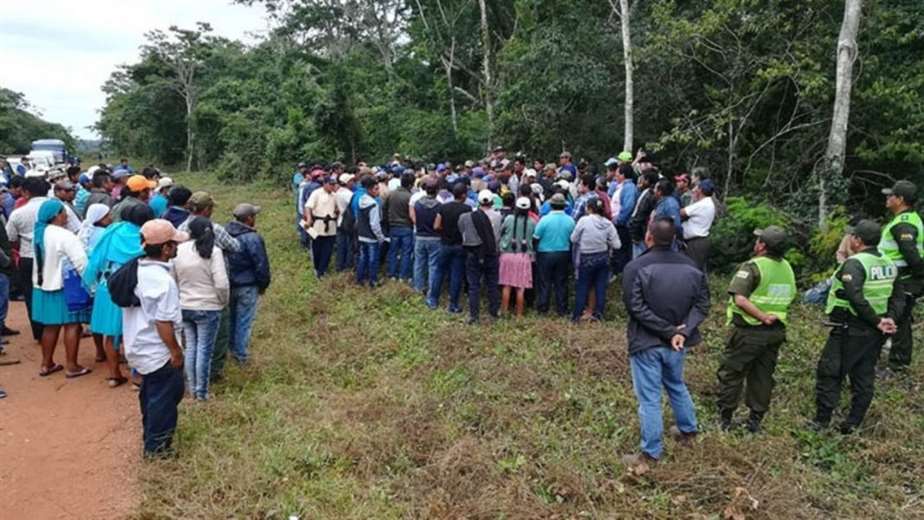Research carried out by the Pólis Institute shows that the black population and families headed by women with an income of up to three minimum wages are the majority in the regions of the municipality of São Paulo where the most deaths due to covid-19 occurred. The same groups were most affected by evictions or threats of removal during the Covid-19 pandemic.
The study released today (28) used data from the Removals Observatory, mortality rates from covid-19 in the city of São Paulo between 2020 and 2021, and information from the 2010 Demographic Census of the Brazilian Institute of Geography and Statistics (IBGE).
The population of black people in the capital of São Paulo represents 37% of the total. However, this group is 47.3% of the population of the neighborhoods where there were more deaths from covid-19, concentrated in the East. In the areas with the highest number of evictions and threats of removal, concentrated in the central and southern regions of the city, blacks are 51.8%.
“Covid-19 does not make any biological distinction of race/color, however the black population is more exposed to conditions that contribute to unequal access to health, worse living conditions and higher mortality. In the case of threatened or removed areas, the black population is the majority because historically it occupies regions further away from the center, under more precarious and irregular urban and housing conditions”, says the text of the research.
Families headed by women with an income of up to three minimum wages are 23.4% in the city of São Paulo. However, the percentage rises to 27.9% in areas with more evictions and threats of removals, and to 27.8% in areas with more deaths from Covid-19.
“Continuing an eviction action, in the midst of a health emergency, contributed to the addition of another layer of risk to these families. Forced removals, in addition to being an individual threat to the health of populations, can potentiate new chains of contagion, contributing to the worsening of the pandemic indicators in the city”, adds the research.













